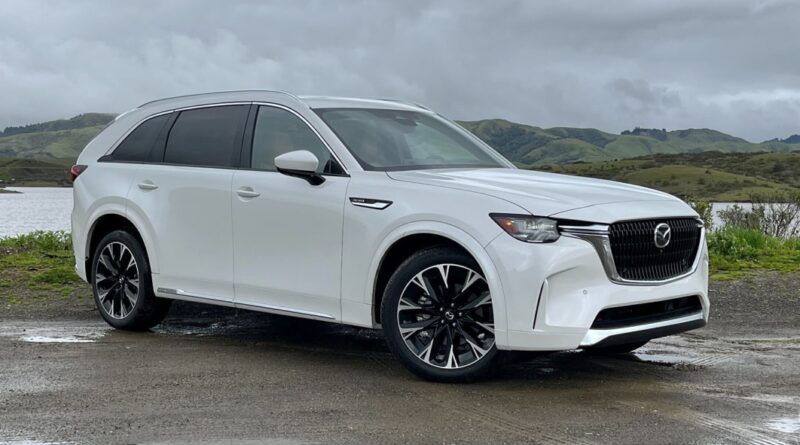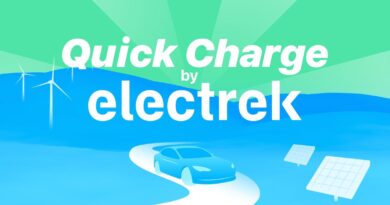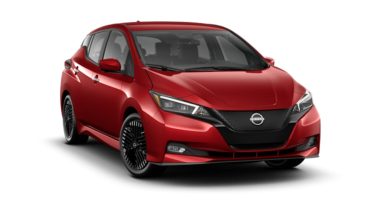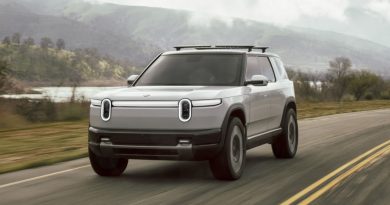Why Mazda says hybrid SUVs are the ‘sweet spot’ for the U.S. market
Count Mazda among the automakers who were criticized for dragging their feet into EVs, but the company is likely now glad it did.
Globally, for the first three quarters of its fiscal year, Mazda on Friday reported record earnings of 200.2 billion yen ($1.32 billion), up 83% year over year, with global sales volume up 17% to 930,000 units. The company is forecasting “record results for all profit levels” when it reports fiscal full year results after the quarter ending on March 31.
While Mazda does not currently offer a pure electric vehicle in the United States (it killed off the MX-30 EV that was only sold in California), the Japanese automaker intends to be fully electrified by 2030 — meaning 75% hybrid and 25% pure electric vehicles.
For the time being, a conservative approach from the relatively nimble Mazda in the U.S. is working out, as evidenced by the company’s best sales year in America since 1994. Mazda North America CEO Tom Donnelly said Mazda’s transition plan was deliberate, even in the face of a shifting marketplace.
“No question it is a dynamic marketplace right now, but we’ve had a strategy all along that we call multi-solution, meaning all along our plans were around hybrids and plug-in hybrids and ultimately electrification,” Donnelly said in an interview with Yahoo Finance.
Donnelly notes the Mazda plan is a three-phase approach, starting with its flagship CX-90 plug-in hybrid SUV that debuted last year, the just-revealed CX-70 plug-in hybrid (which is really just a two-row CX-90), and a new hybrid version of its CX-50 coming later this year.
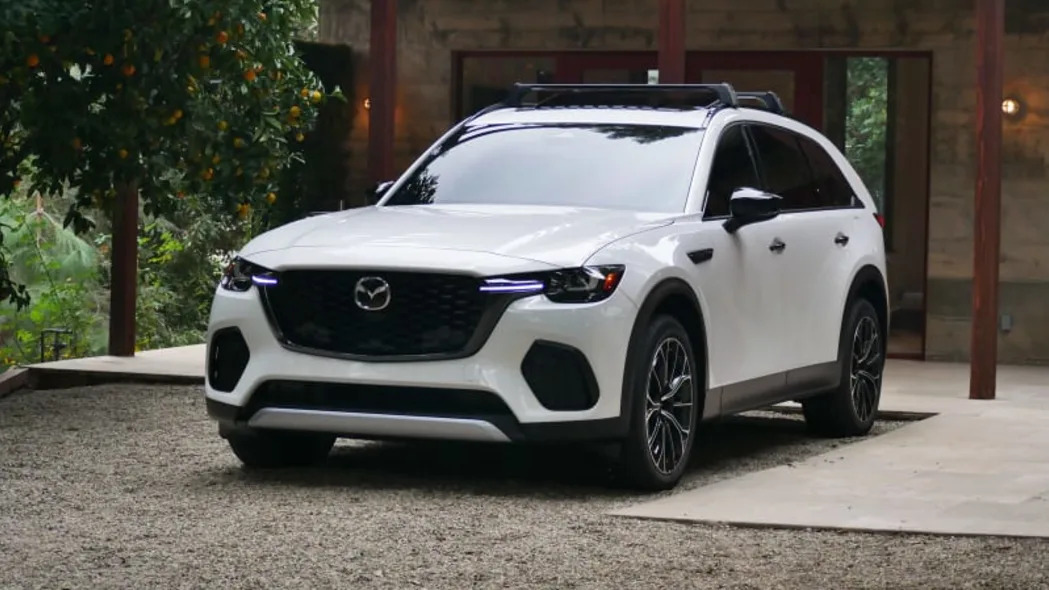
Mazda CX-70
Those three vehicles will take Mazda through 2030 when the brand will feature exclusively electrified powertrains. “We think the pacing and our overall strategy is right for the market today,” Donnelly said.
Though the company may be performing well here based on its initial pure electric hesitance, Mazda has been criticized for moving too slowly toward electrification, and still may be too far behind other mass market players like GM, Ford, and even Toyota if electrification hits a tipping point in a few years’ time. It’s not just pure electric vehicles, either. Mazda has been a laggard in terms of hybrids as well.
GM, Ford, and Toyota have pledged billions toward that transition, and though they may be delaying or curtailing some, the sheer scale of those investments dwarfs what Mazda can spend on battery and EV powertrain development. Late last year Mazda reiterated plans to spend $10.7 billion on electrification efforts through 2030, whereas Toyota intends to spend $37 billion in the same time period.
Donnelly deflects the criticism, claiming that Mazda has been an “intentional follower” in the space, an interesting turn of phrase considering most companies want to be seen as “leaders.”
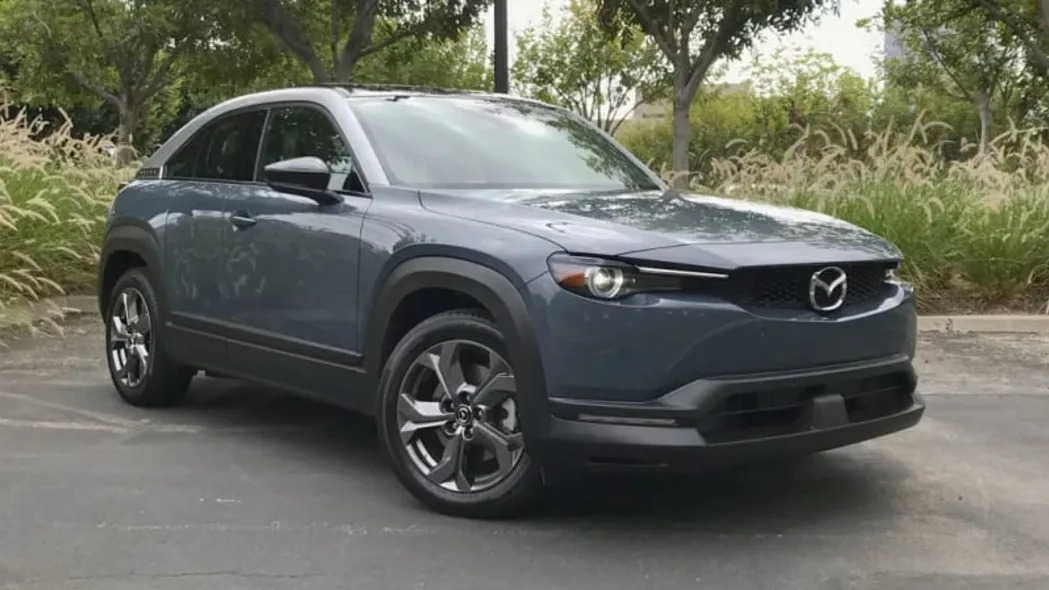
Mazda MX-30
“We want to time the market and ensure that we introduce products, technologies, powertrains that the market demands, and we’re clearly seeing a slowdown in BEV adoption, [but] we’re seeing acceleration in hybrid demand, and that’s why we think the introduction of the two plugins that we have this year, as well as the hybrid and CX-50 later this year, we think we’re timing the market right,” he said.
Donnelly believes the mix of crossover utility vehicles paired with hybrid powertrains is the “sweet spot” for Mazda’s customers, who he says are for the most part affluent empty nesters who appreciate Mazda vehicles’ driving dynamics, which he says is Mazda’s strength.
It’s the thinking that the smaller, spunkier Mazda doesn’t have to be all things to all people, like Toyota or GM. It’s a playbook even Ford has turned to, getting rid of middling cars and focusing on trucks, SUVs, and sports cars like the Mustang: vehicles that speak to their core audience.
“We had our best December ever in terms of retail sales, our best January ever in terms of retail sales,” Donnelly said. “We think our strategy is right for today’s marketplace and really for the next couple of years.
Pras Subramanian is a reporter for Yahoo Finance. You can follow him on Twitter and on Instagram.

